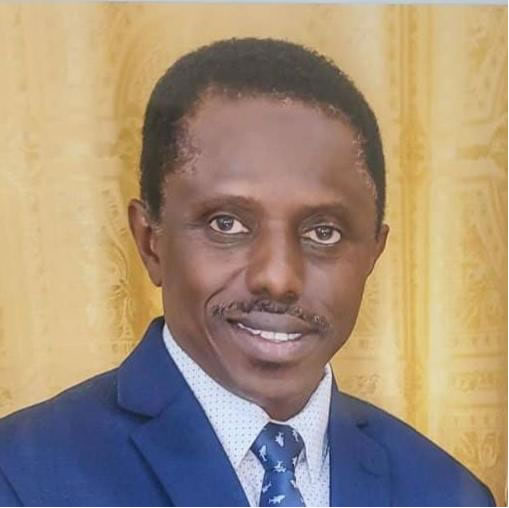The first written accounts of the region came from records of Arab traders in the 9th and 10th centuries AD, who established the trans-Saharan trade route for slaves, gold, and ivory. The Portuguese took over this trade using maritime routes in the 15th century. At that time, The Gambia was part of the Mali Empire. Between 1651 and 1661 part of Gambia was (indirectly) a colony of Polish-Lithuanian Commonwealth. The Courlanders settled on James Island, which they called St. Andrews Island and used as a trade base from 1651 until its capture by the English in 1661.
The 1783 Treaty of Paris gave Great Britain possession of The Gambia, but the French retained a tiny enclave at Albreda on the north bank of the river, which was finally ceded to the United Kingdom in 1857.
It is believed that as many as three million slaves may have been taken from the region during the three centuries that the transatlantic slave trade operated. Slaves were initially sent to Europe to work as servants until the market for more labour was expanded in the West Indies and North America in the 18th century. In 1807, slave trading was abolished throughout the British Empire and the British tried unsuccessfully to end the slave trade in The Gambia. They established the military post of Bathurst (now the capital city, Banjul) in 1816.
In 1888, The Gambia became a separate colonial entity. A year later an agreement with France established the present boundaries, and The Gambia became a British Crown Colony, divided for administrative purposes into the colony (city of Banjul and the surrounding area) and the protectorate (remainder of the territory).
During World War II, Gambian troops fought with the Allies in Burma. Banjul served as an air stop for the U.S. Army Air Corps and a port of call for Allied naval convoys. U.S. President Franklin D. Roosevelt stopped overnight in Banjul en route to and from the Casablanca Conference in 1943, marking the first and only visit to the African Continent by an American president while in office.
The Gambia achieved independence on 18 February, 1965, as a constitutional monarchy within the Commonwealth. Five years later, on 24 April, 1970, The Gambia became a Republic within the Commonwealth, with Prime Minister Sir Dawda Kairaba Jawara, as head of state.
On 22 July 1994, the Armed Forces Provisional Ruling Council (AFPRC) seized power in a military coup d’ètat. After a strong showing at the polls in 1996, retired colonel Yahya AJJ Jammeh was sworn into office as first President of the Second Republic of The Gambia on 6 November, 1996. He has steered the ship of state since, winning another three consecutive Presidential elections; in 2001, 2006 and 2011. Today, The Gambia remains a stable and democratic state.
The 1783 Treaty of Paris gave Great Britain possession of The Gambia, but the French retained a tiny enclave at Albreda on the north bank of the river, which was finally ceded to the United Kingdom in 1857.
It is believed that as many as three million slaves may have been taken from the region during the three centuries that the transatlantic slave trade operated. Slaves were initially sent to Europe to work as servants until the market for more labour was expanded in the West Indies and North America in the 18th century. In 1807, slave trading was abolished throughout the British Empire and the British tried unsuccessfully to end the slave trade in The Gambia. They established the military post of Bathurst (now the capital city, Banjul) in 1816.
In 1888, The Gambia became a separate colonial entity. A year later an agreement with France established the present boundaries, and The Gambia became a British Crown Colony, divided for administrative purposes into the colony (city of Banjul and the surrounding area) and the protectorate (remainder of the territory).
During World War II, Gambian troops fought with the Allies in Burma. Banjul served as an air stop for the U.S. Army Air Corps and a port of call for Allied naval convoys. U.S. President Franklin D. Roosevelt stopped overnight in Banjul en route to and from the Casablanca Conference in 1943, marking the first and only visit to the African Continent by an American president while in office.
The Gambia achieved independence on 18 February, 1965, as a constitutional monarchy within the Commonwealth. Five years later, on 24 April, 1970, The Gambia became a Republic within the Commonwealth, with Prime Minister Sir Dawda Kairaba Jawara, as head of state.
On 22 July 1994, the Armed Forces Provisional Ruling Council (AFPRC) seized power in a military coup d’ètat. After a strong showing at the polls in 1996, retired colonel Yahya AJJ Jammeh was sworn into office as first President of the Second Republic of The Gambia on 6 November, 1996. He has steered the ship of state since, winning another three consecutive Presidential elections; in 2001, 2006 and 2011. Today, The Gambia remains a stable and democratic state.


